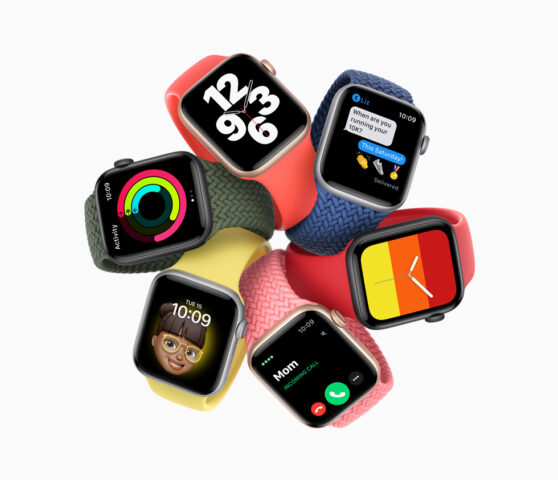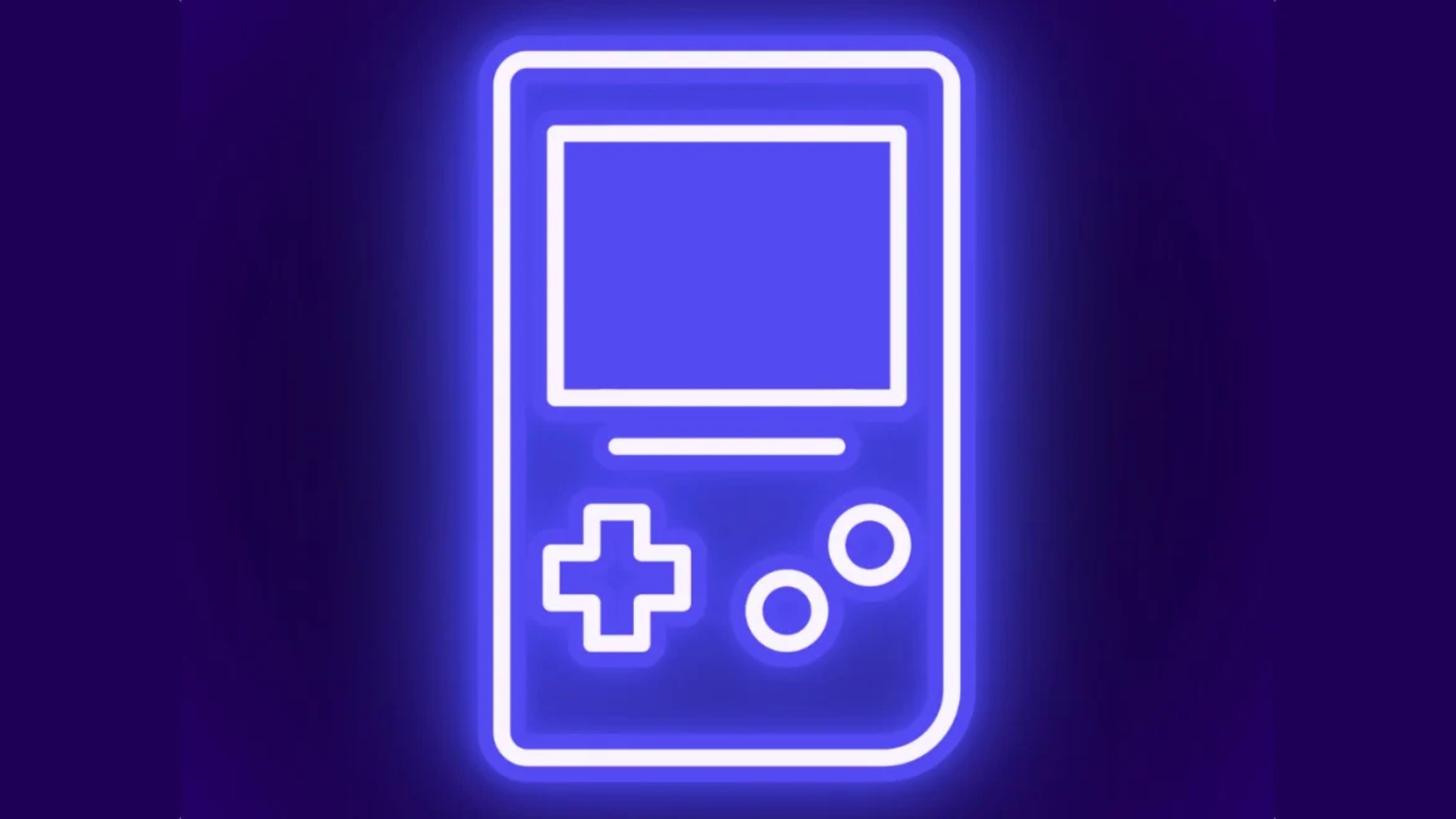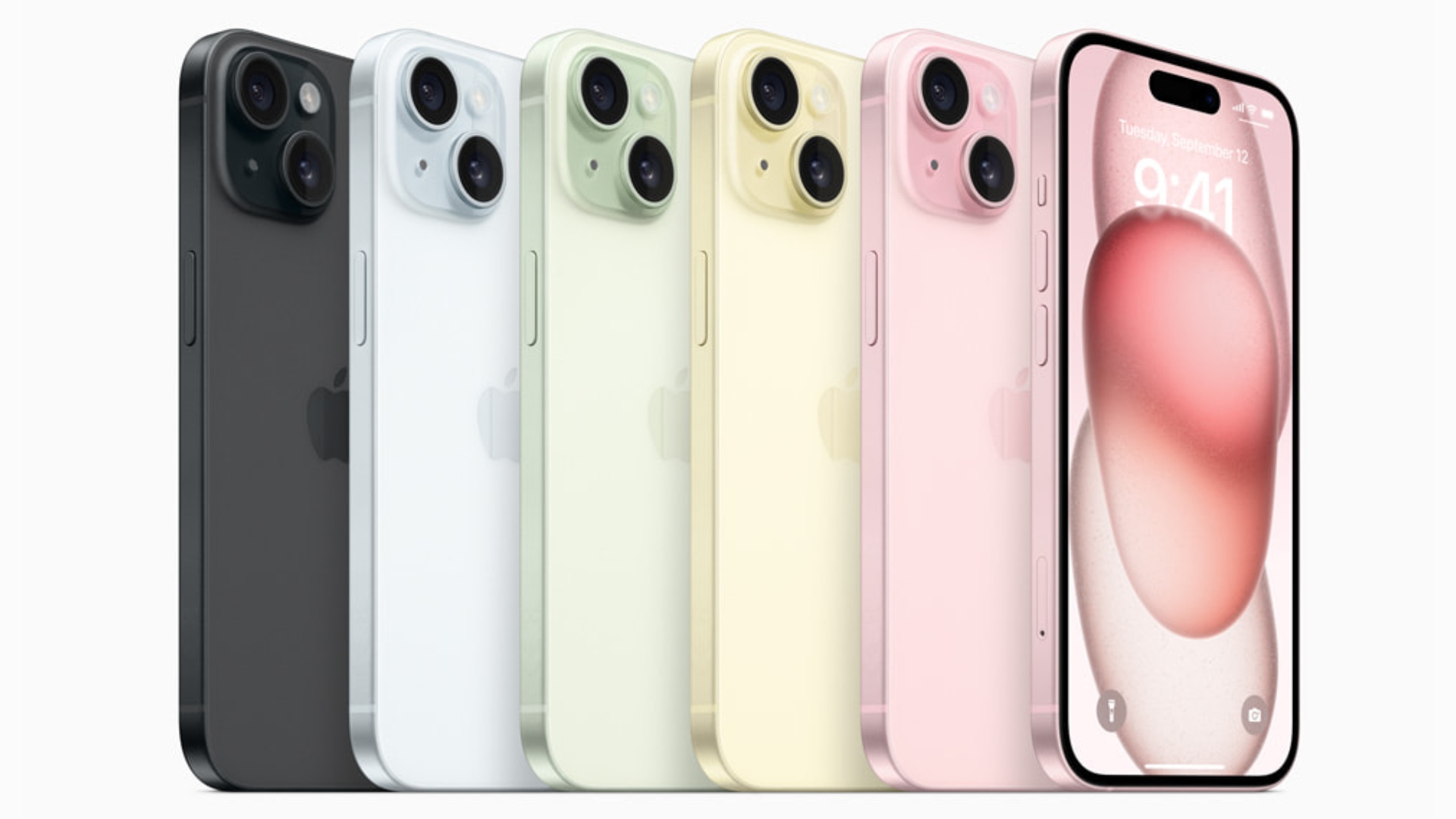
Researchers Determine Smartwatches Can Help Detect COVID-19 Symptoms

Medical researchers have determined that smartwatches may be able to predict whether the wearer is positive for COVID-19 before the individual shows any symptoms or is detectable by tests. By identifying heartbeat changes and skin temperatures, devices such as Apple Watch, Fitbit, and others may play a crucial role in the pandemic as well as assist with other viruses that can be spread to one another.
Studies from New York’s Mount Sinai Health System and Stanford University in California have determined the role smartwatches may play in identifying whether an individual may have contracted COVID-19 before the symptoms are able to be recognized, as reported by CBS News. Medical researchers at Mount Sinai discovered that the Apple Watch can pick up subtle heartbeat changes, which can be a red flag that a user may have contracted COVID-19 up to seven days before the individual shows signs of sickness.
“We already knew that heart rate variability markers change as inflammation develops in the body, and Covid is an incredibly inflammatory event,” Hirten told CBS MoneyWatch. “It allows us to predict that people are infected before they know it.”
Although Apple did not participate or fund the study, 300 Mount Sinai health care workers wore Apple Watches between April 29 and September 29 last year. The study showed that individuals who have contracted COVID-19 demonstrated lower heart rate variability when compared to individuals who are COVID-negative. Although a high heart rate variability does not inherently reflect an elevated heart rate, it does indicate the nervous system of the individual is more active. This discovery can be quite useful when identifying asymptomatic individuals who may not show signs of the virus, to begin with.
A study from Stamford University used various smartwatches to determine that 81 percent of COVID-positive participants saw changes in their resting heart rate up to nine and a half days before symptoms began to surface. The team of researchers also created an alarm system through their smartwatches to notify participants when they faced sustained elevated heart rates for a period of time.
Stanford University Professor Michael Snyder said: “We set the alarm with a certain sensitivity so it will go off every two months or so.” Snyder continued, “Regular fluctuations won’t trigger the alarm — only significant, sustained changes will.”
By using smartwatch technology, Stamford researchers believe that data can be given to wearers in real-time throughout all hours of the day. There is no delay or measure of having to wait until the first symptom is recognized by the individual. “The problem is you can’t do it on people all the time, whereas these devices measure you 24/7,” Snyder said. “The smartwatch gives you back the data right away, in real-time, whereas if you’re lucky you’ll get your test back in a few days.”
Smartwatch manufacturers and developers are now looking at how their devices can play an intregal role in curbing the spread of the virus. Oura Health, the maker of a smart ring tracking health data, participated in a University of California San Diego and University of California San Francisco study, funding the discovery their device can identify fevers and subtle symptoms known to stem from COVID-19. Sleep-tracking device Whoop has participated in a Queensland University peer-reviewed paper in Australia, which indicated that the device can predict COVID-19 through the user’s respiratory rates during nighttime sleep.

